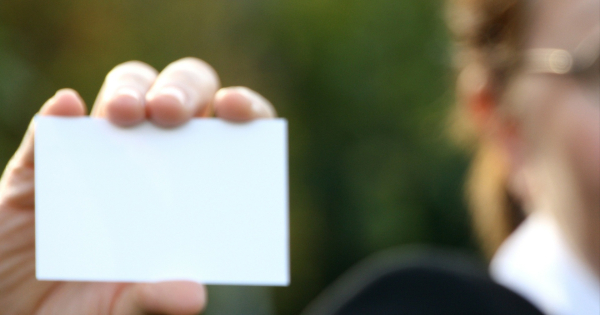Digital and offset printing will both help you in your commercial printing efforts but there are key differences between them. With print media accounting for up to 35% of the customers that businesses attract, it’ll pay off to know which you need. Let’s take a look at what those differences are and how you can use that knowledge in your printing efforts.
Offset Printing
Offset printing is a widely used technique in commercial printing. It is also known as offset lithography or litho offset. In this process, the image is transferred from an inked plate onto a rubber cylinder and then printed on paper or material. This type of printing is most commonly used for commercial printing, such as catalogs, brochures, newspapers, magazines, postcards, and flyers. This printing technique is cost-effective and a variety of printing materials can be used, including vinyl, paper, and card stock.
Offset printing is so-called because the ink is not transferred from the printing plate to the paper in two steps as in most other printing processes, but first to a rubber cylinder and then to the paper. Offset printing holds many benefits, including quick and easy production of printing plates, image quality that is consistently high, lower cost, longer printing life, and the ability to perform large-scale tasks in a relatively fast manner. This printing process is best for huge runs of the same type of printing.
Digital Printing
Digital printing also offers several advantages. Not only is it relatively inexpensive, but it is also simple and environmentally friendly. Delivery times are short as jobs are small. High-quality products are produced using this method. In addition, the time for color matching is reduced, and rich and vibrant colors, as well as color gradations, are possible with this printing method.
Digital printing and offset printing differ based on the method. Each holds its own advantages and disadvantages. Each serves a specific purpose and is beneficial for that specific purpose. While one produces on a much larger scale the other offers exceptional color and detailed design. Contact us today to learn which will work best for you.

